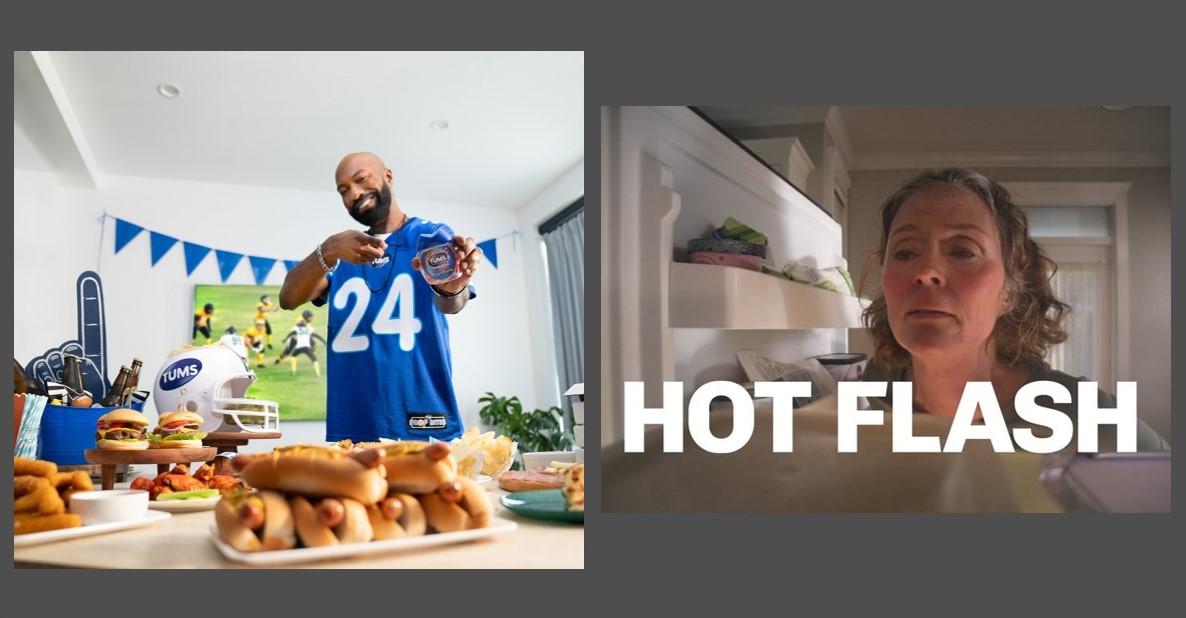Chances are most consumers have heard of such blockbuster drugs as Viagra, Lipitor and Zoloft, but how much do they know about the companies behind these branded pharmaceuticals? A 2015 survey of 10,000 members of the broad patient community conducted by Inspire, found that nearly 40 percent of respondents did not know the names of the pharmaceutical companies behind their medications.
Of the 40 percent, only 14 percent reported having a relationship with these pharmaceutical companies, and 40 percent of those patients classified the relationship as good. Considering that drugmakers are continually facing tougher competition from the generics market, and US Food and Drug Administration (FDA) new drug approvals have been on the decline, pharmaceutical companies will need to start supporting their brand in order to stay competitive.
Branding Model Matters
There are multiple reasons why pharmaceutical companies have considerably less brand recognition compared to companies in other industries, however it comes down to the way products are positioned. Consumer goods companies often market their products in an effort to make their brand synonymous with the product itself.
For example, Apple has done a particularly good job of branding themselves and their technology. The company’s proprietary iPad is often used to refer to any tablet, much the same way that the iPod became a general name for any MP3 player.
But prescription drugs are branded differently than other products. Due in part to pharmaceutical marketing regulations set forth by the FDA, pharma companies have traditionally applied a product-focused brand model to promote their medicines. In a direct to consumer (DTC) ad for a newly-approved drug, pharmaceutical marketers will place the biggest emphasis on:
- The Problem – A disease or condition that affects a subset of the population
- The Solution – How the company’s drug can benefit patients
- The Risks – What adverse events were associated with use of the drug during clinical trials, and any contraindications
When it comes down to it, traditional DTC ads are focused on getting a patient to ask for a drug – not a drugmaker – by name when they visit their doctor. However, this kind of product-focused branding wherein each drug is treated as a separate branding opportunity, does very little to promote a cohesive brand in the long run. Without a strong connection to the brand making their medication, patients could be more likely to seek out less-expensive generic alternatives.
Disease Awareness Ads Build Brand Awareness
While pharmaceutical companies have a vested interest in minimizing the risk information for a certain drug, the FDA’s Office of Prescription Drug Promotion (OPDP) requires that benefit/risk information be presented in a fair and balanced manner in all DTC advertising. The number of warning letters issued by the regulator decreased significantly between 2015 and 2016, however the end of 2016 saw a flood of six letters issued to drugmakers in the month of December alone.
Disease awareness campaigns have become popular among pharmaceutical companies because they can help build brand recognition, without promoting a specific drug. The FDA recognizes the need for disease awareness among both healthcare providers and the public, especially for rare diseases and those that are under-diagnosed.
When disease awareness ads are targeted towards consumers, they are often labelled as “help-seeking ads.” By providing prospective patients with information about an underrepresented health condition, the pharmaceutical sponsor behind these ads is often hoping to prime consumers before the launch of their branded drug.
Provided these ads make no mention of a specific drug or treatment, they are not subject to the FDA’s scrutiny. Recently, actress Jennifer Aniston began appearing in help-seeking ads aimed at promoting awareness of the ophthalmic condition known as chronic dry eye.
The ads were sponsored by Irish biopharmaceutical company, Shire, maker of Xiidra (lifitegrast), a drug approved in 2016 to treat the signs and symptoms of dry eye. Before its approval, Allergan’s Restasis was the only available therapeutic for the ophthalmic disease.
Hitting Consumers Right in the Feels
In an effort to combat the negative press surrounding drug pricing practices in the pharmaceutical industry, two of the industry’s largest trade associations – BIO and PhRMA – launched campaigns focusing on the difference the industry is making. Emotional advertising has been used by a multitude of industries – from food to automotive – to sell products. In the case of the BIO and PhRMA ads – “Time is Precious” and “From Hope to Cures”, respectively – the patient stories and tear-jerking moments serve to foster an emotional connection to the industry associations.
Despite the complex and often confusing FDA regulations surrounding social media marketing, some pharmaceutical companies are also helping build brand engagement through platforms like Twitter and Facebook. As with DTC advertising, if pharma stays away from directly promoting a drug and focuses instead on disease awareness and posts that serve to humanize Big Pharma, they can work towards building a better, more engaging brand image.
“Talk to Your Doctor About…”
Pharmaceutical companies must also juggle the needs of a complex customer base including insurance companies, prescribing physicians and the patients themselves. This can significantly complicate matters when it comes to developing a strong brand image.
But are pharmaceutical companies targeting the right audience? After all, it’s ultimately up to the prescribing physician to make a decision regarding which medication – branded or not – is best for their patient.
A study published in 2013 in the journal, JAMA Internal Medicine, found that 37 percent of US doctors surveyed admitted that if a patient asks for a branded drug by name, they’ll sometimes prescribe it over a generic version. Considering that DTC ads seem to have an influence over prescribing behavior, pharmaceutical companies will likely continue to target consumers in their advertisements.
Historically, controversies surrounding drug safety, pharmaceutical pricing and other negative events have been the primary ways in which the public learns about the companies behind their medications. In an age of ever-increasing transparency, pharmaceutical companies can’t afford to have their brand be defined negative press. Drugmakers should take a proactive approach to building brand recognition in an increasingly competitive prescription drugs market.
What do you think pharma companies can do to strengthen their brand? Share your thoughts in the comments section below!












Join or login to leave a comment
JOIN LOGIN